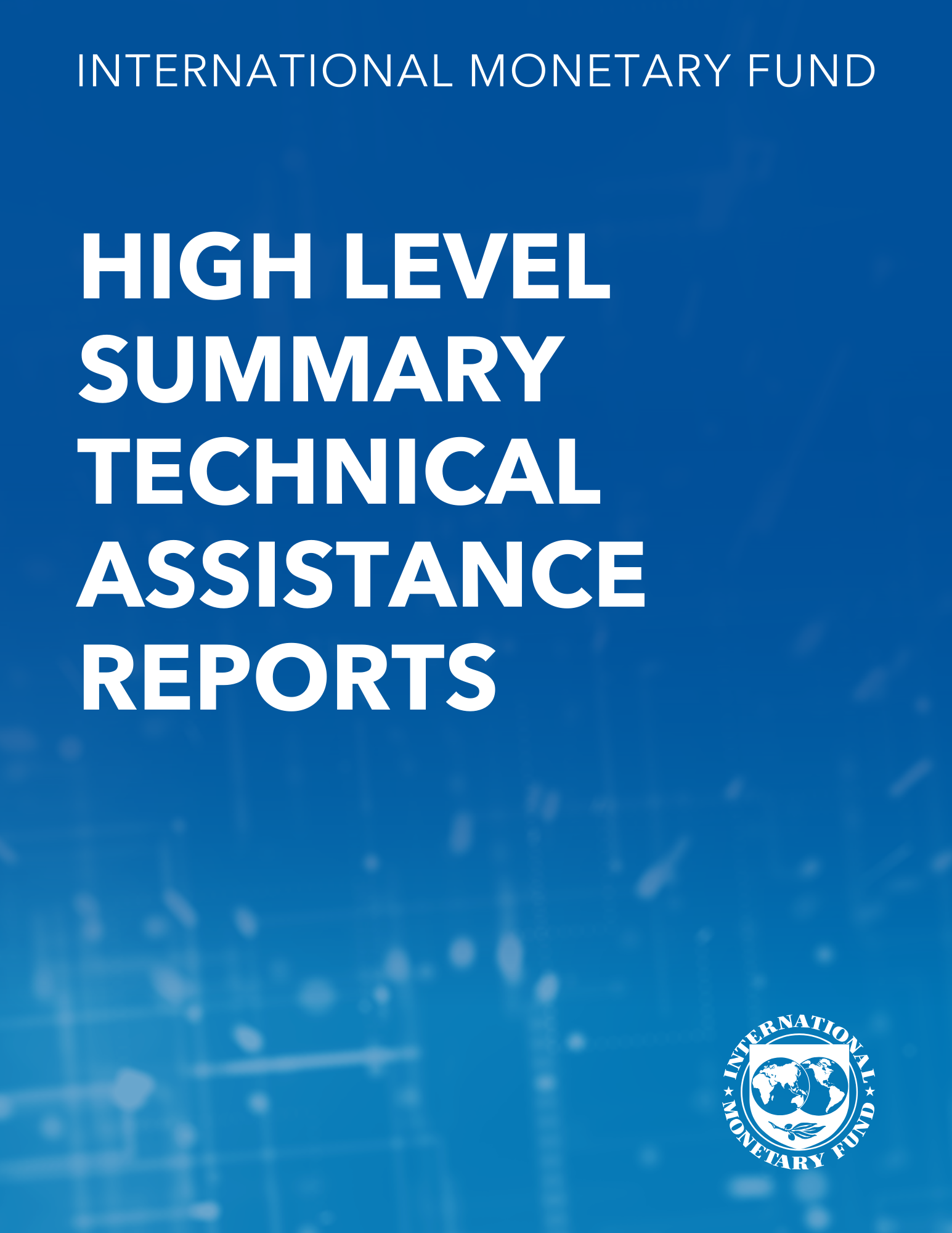The New International Financial Architecture and Africa
September 1, 2001
Disclaimer: This Working Paper should not be reported as representing the views of the IMF.The views expressed in this Working Paper are those of the author(s) and do not necessarily represent those of the IMF or IMF policy. Working Papers describe research in progress by the author(s) and are published to elicit comments and to further debate
Summary
The new international financial architecture can help African countries benefit from globalization, while minimizing the risks, and foster an environment conducive to increased domestic investment and higher sustained growth. This paper highlights the progress that African countries have made in several areas of the new architecture, but it also underscores the considerable way that these countries must go to meet the requirements of the new architecture.
Subject: Balance of payments, Banking, Capital account, Exchange rate arrangements, Financial Sector Assessment Program, Financial sector policy and analysis, Foreign exchange, Poverty, Poverty reduction, Poverty reduction strategy
Keywords: a number of country, Africa, Capital account, country official, debt relief, East Asia, exchange rate, Exchange rate arrangements, Financial Sector Assessment Program, globalization, international financial architecture, member country, NBR power, North Africa, Poverty reduction, Poverty reduction strategy, Sub-Saharan Africa, WP
Pages:
33
Volume:
2001
DOI:
Issue:
130
Series:
Working Paper No. 2001/130
Stock No:
WPIEA1302001
ISBN:
9781451855197
ISSN:
1018-5941






